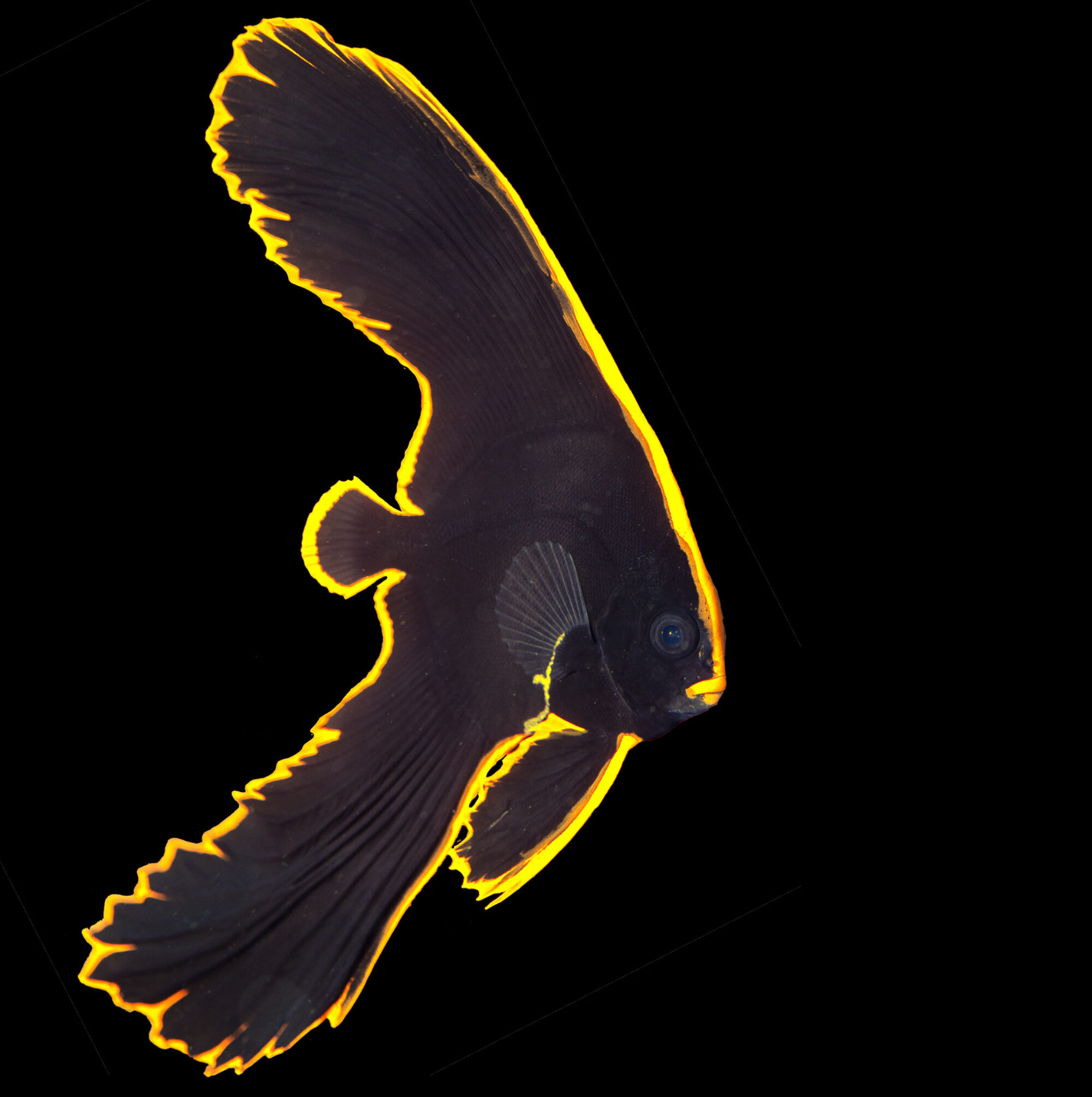Photography is a very wide subject and depends highly on the expectations of the photographer. Just look at the huge gap between what someone might consider a casual snapshot of their one dive during a holiday and what we might see as award-winning shots in a national geographic magazine.
If one wants to start with underwater Photography, managing ones on expectations and understanding the obstacles to fulfill them is essential. There are too many divers who think that the only thing that separates them from shooting photos like those in magazines is a higher limit on their credit card. And they could not be more wrong. If you have certain aspirations on the quality of an image, it is more important to know what kind of pictures your current gear cannot take and try to make the best of it instead of blindly upgrading your camera. The more you upgrade your camera, the more options on how to take a photo you add to your potential portfolio. But that does not mean that you also know how to take those photos. Let me give you some details on this.
Why camera quality matters
First of all, photography is a skill of understanding and managing light. What does that mean? It means that we have to try to get as much light as possible on the sensor of the camera. If there is too little light, the quality of the image will degrade. When we shoot photos in bright sunlight of things that stand still, the camera can gather as much light as it needs to get a nice and sharp photo. Under water however, it’s dark more often than not and mostly darker than your eye tells you since it’s so good at adapting to the darkness. So the camera needs to point longer at a subject to let in more light. If the subject then moved (as fish often do) or if the photographer moves (since he’s drifting in the water), the image becomes blurred. So you will need more light, with the help of a strobe. But the fish still moves and we want to get it when it’s in a nice position. So we need a good auto focus that can track the fish and a fast camera shutter that does not have a delay between pushing the button and taking the photo. So in other words, a more expensive camera and a more expensive flash setup will – just by technical capability – give you better photos.
Further, more expensive setups will usually also give you a higher versatility. If you want to have the options to shoot with all kinds of lenses, good and bad light, have a very high versatility in picture style and in different situations and subjects, you will not get around a camera at least with interchangeable lenses if not straight a DSLR.
However, there are a lot of situations where a small, compact, fixed-lens camera will get you the same if not better pictures than a more expensive setup. For example, the Olympus TG series has a microscope mode that is very powerful for macro images. You would need to invest into much more on a DSLR to get the same image with the same enlargement. The drawback of course is that the limited settings on the Olympus TG will mostly result in only one available picture style, even if the quality is very good.
Why more expensive cameras don’t guarantee better photos
Cheap cameras have one major advantage over expensive ones: They are simple. They have by dimensions less settings, shoot best in auto mode, are easy to setup and to maintain. On top of that, more expensive gear usually is bought by specialists. So the cameras also are made for more specialized purposes such as studio or action photography. For example a Canon 7D is made for sports, a Canon 5D is made for studio photography. While they both can do either much better than a cheap point-and-shoot, you will have to use mostly manual settings on a Canon 5D to take proper high-speed shots of a sports event since the default shutter time on this model of camera is often too slow for even hand-held operation unless you manually take control of it. So unless you know what all the buttons on the camera do to your picture, and unless you want to take the time under water to change the settings for (almost) each picture you take, you are better off with a simple, automatic, point-and-shoot. This is not only true in terms of the vast price difference and to reduce frustrations that your gear does not yield the expected outcome, but you will actually shoot better pictures with a cheaper camera if you cannot handle the more expensive models.
Where to start then?
It all depends on your aspirations, of course. If you are certain that you want to become a professional photographer within 2-3 years and plan to clock a couple of hundred dives in that time, you might as well start with one of the more expensive models from the beginning. In that case, you will be anyhow willing to read several technical books on the subject, take some classes, get serious about it, in other words. In any other case however, I would highly recommend you to take advantage of the fact that most camera models (except the bottom of the range) have very good upgrade capabilities and let your gear grow with your skill. Even Michael Schumacher learned racing on a go-kart and not on a F1 car. For details, I would recommend you to read one of my other articles on this topic.

